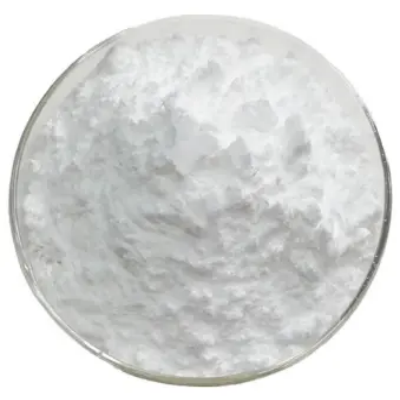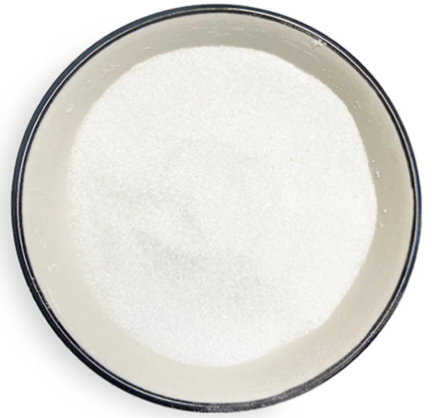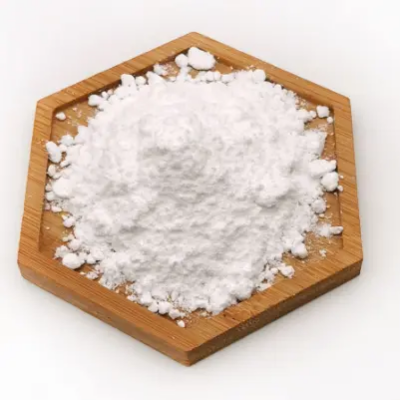4-bromo-7-(2,2-dicyanovinyl)-2,1,3-benzothiadiazole CAS:1335150-10-1
4-Bromo-7-(2,2-dicyanovinyl)-2,1,3-benzothiadiazole is primarily utilized in the field of organic electronics due to its excellent charge transport and light absorption properties. One of its significant applications is in organic photovoltaic (OPV) cells, where it serves as an electron acceptor. The dicyanovinyl group significantly increases the electron affinity of the compound, enhancing exciton dissociation and facilitating efficient charge separation and transport within OPV blends, ultimately improving power conversion efficiency. In addition to OPVs, this compound is also employed in organic light-emitting diodes (OLEDs). Its ability to facilitate efficient charge injection and transport makes it suitable for use in the emission layer of OLED devices. The bromine atom enhances the stability of the compound and allows for effective integration into multilayer structures, contributing to high brightness and color emission. Moreover, 4-bromo-7-(2,2-dicyanovinyl)-2,1,3-benzothiadiazole can find applications in organic field-effect transistors (OFETs), where its strong electron-accepting characteristics improve charge mobility. This capability is vital for achieving better performance in OFET-based electronic devices. There is also potential for exploring this compound in sensor applications, particularly due to its reactivity and interaction with various analytes. Its distinctive electronic properties could enable the development of selective sensors for environmental monitoring or chemical detection. Overall, the adaptability and robust electronic properties of 4-bromo-7-(2,2-dicyanovinyl)-2,1,3-benzothiadiazole make it a promising candidate for advancing technology in organic electronic devices and materials science.



| Composition | C10H3BrN4S |
| Assay | 99% |
| Appearance | white powder |
| CAS No. | 1335150-10-1 |
| Packing | Small and bulk |
| Shelf Life | 2 years |
| Storage | Store in cool and dry area |
| Certification | ISO. |









